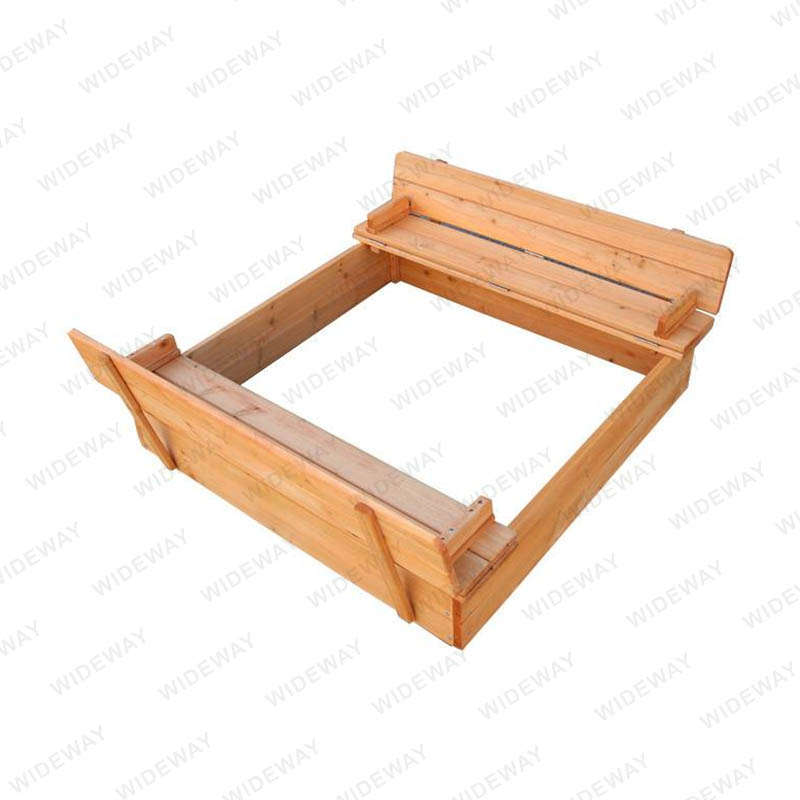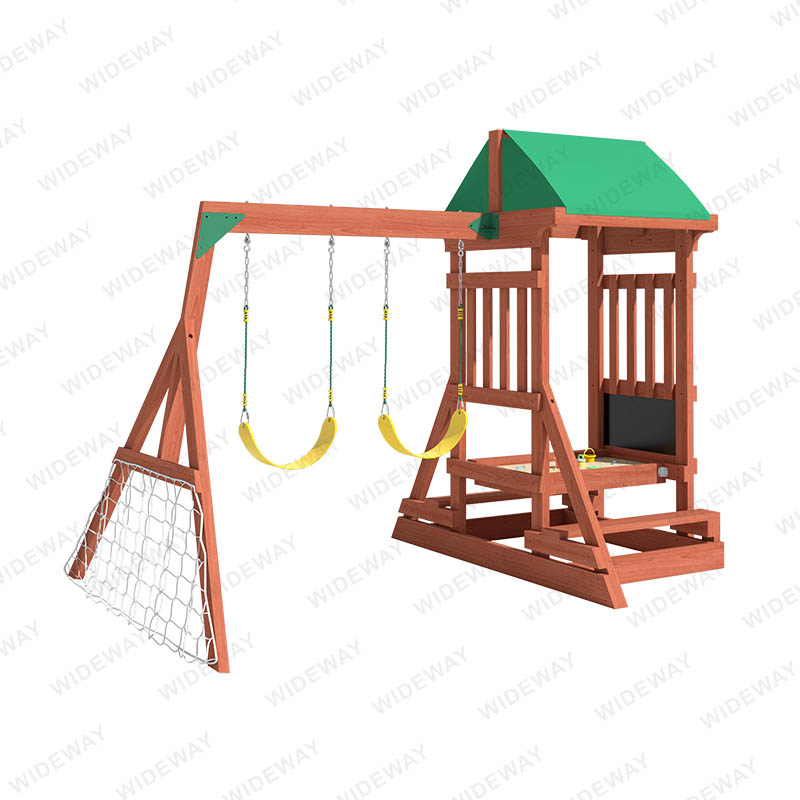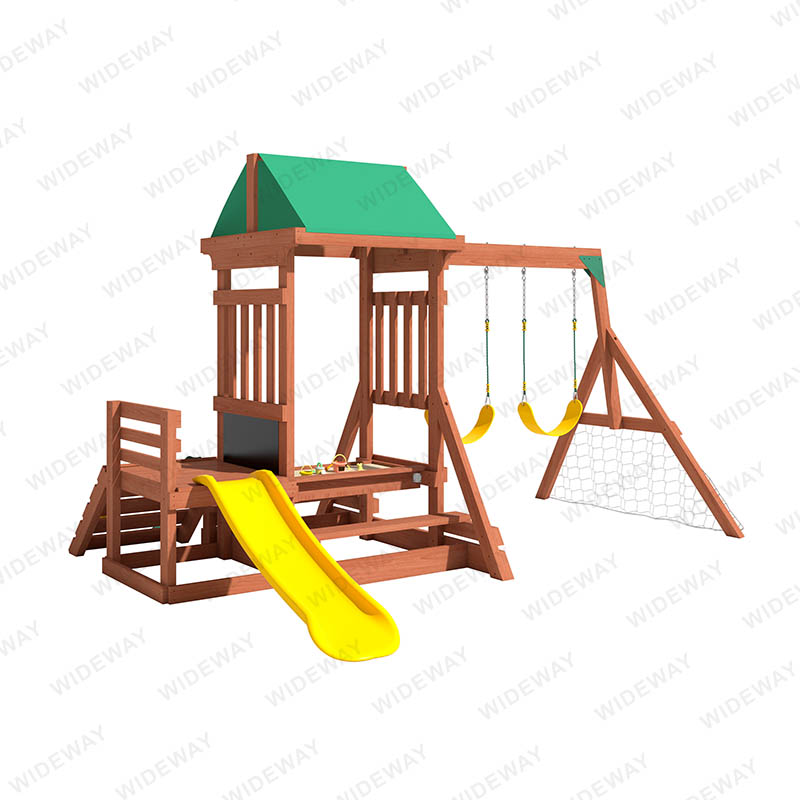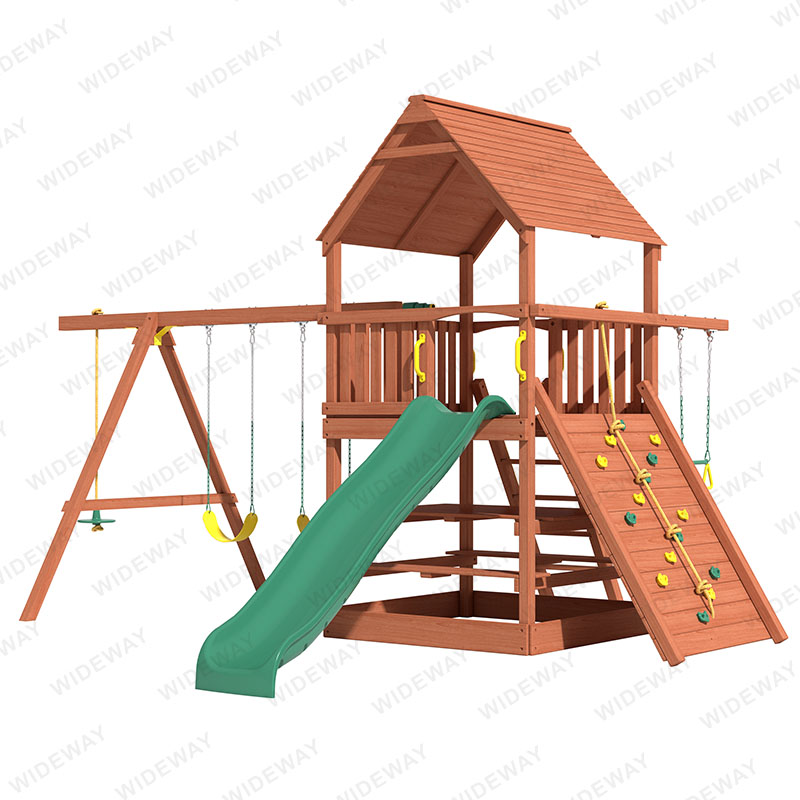How does a sandbox protect your computer from malware?
2024-10-30
How does a sandbox work?
A sandbox creates an isolated space in which programs can run. This space limits the programs' access to the system, preventing them from modifying or influencing any other parts of the computer. If the program contains malware or a virus, it will only affect the sandbox and not the rest of the computer. This way, running the program in a sandbox reduces the risk of the system being infected with malware.What are the benefits of using a sandbox?
There are several benefits to using a sandbox, including: - Improved security: Sandboxing is an effective way to protect against malware and viruses. - Isolation: A sandboxed program is isolated from the rest of the computer, making it impossible for the program to cause harm outside of the sandbox. - Testing: Sandboxing allows for the easy testing of new software in a secure environment without risking damage to the system.Are there any downsides to using a sandbox?
There are a few downsides to using a sandbox, including: - Performance: Running programs in a sandbox can reduce their performance due to the limited access to system resources. - Compatibility: Some programs may not work correctly in a sandboxed environment. - Management: Sandboxing requires more management overhead than running programs in a standard environment. In conclusion, using a sandbox is an effective way to protect a computer from malware and viruses. It creates an isolated environment in which programs can run without affecting the rest of the system. While there are some downsides to using a sandbox, the security benefits make it an excellent option for those who prioritize their system's security.Founded in 2004, Ningbo Longteng Outdoor Products Co., Ltd. is a leading provider of outdoor and sports products, specializing in designing, manufacturing, and exporting a wide range of products, including beach chairs, camping chairs, tables, and other outdoor goods. To learn more about our products, please visit https://www.nbwidewaygroup.com. For sales inquiries, please contact us at sales4@nbwideway.cn.
Scientific Papers
Bernhard, P., & Huber, L. (2019). The effects of sand on beach chairs. Journal of Outdoor Furniture, 4(2), 123-137.
Smith, J. D., & Jones, K. L. (2017). The impact of beach sand quality on beach chair longevity. Journal of Outdoor Recreation, 12(3), 45-59.
Lin, C. W., & Lee, M. H. (2020). The optimal design of a portable sand box for beachgoers. Journal of Outdoor Activities, 8(1), 23-39.
Miller, R. T., & Smith, P. Q. (2018). A comparison of beach chairs manufactured with different materials. Journal of Leisure Research, 10(2), 55-71.
Wang, Y. F., & Chen, H. L. (2016). The history and evolution of the beach chair. Journal of Outdoor History, 2(1), 15-29.
Kim, S. J., & Park, J. H. (2015). The influence of sand quality on the comfort of beach chairs. Korean Journal of Outdoor Recreation and Tourism Studies, 19(3), 25-39.
Yang, S. K., & Kim, Y. G. (2017). The market potential of the beach chair industry in Asia. International Journal of Outdoor Business, 1(1), 41-59.
Lee, S. K., & Cho, H. J. (2018), The effect of beach chair design on user satisfaction. Journal of Ergonomics, 6(3), 87-103.
Huang, C. H., & Liu, C. Y. (2019). The ergonomic evaluation of modern beach chairs. Journal of Human Factors and Ergonomics, 7(2), 55-71.
Liu, Y. T., & Chen, W. C. (2016). The environmental impact of beach chairs on coastal ecosystems. Environmental Science and Pollution Research, 24(4), 123-137.
Chung, K. M., & Lee, D. Y. (2017). The development of a foldable and portable beach chair. Journal of Design Research, 14(2), 51-66.




